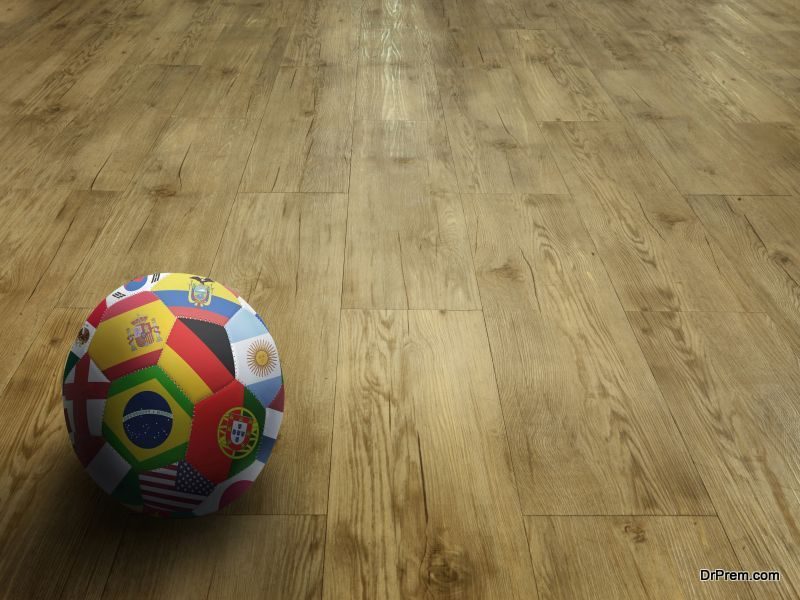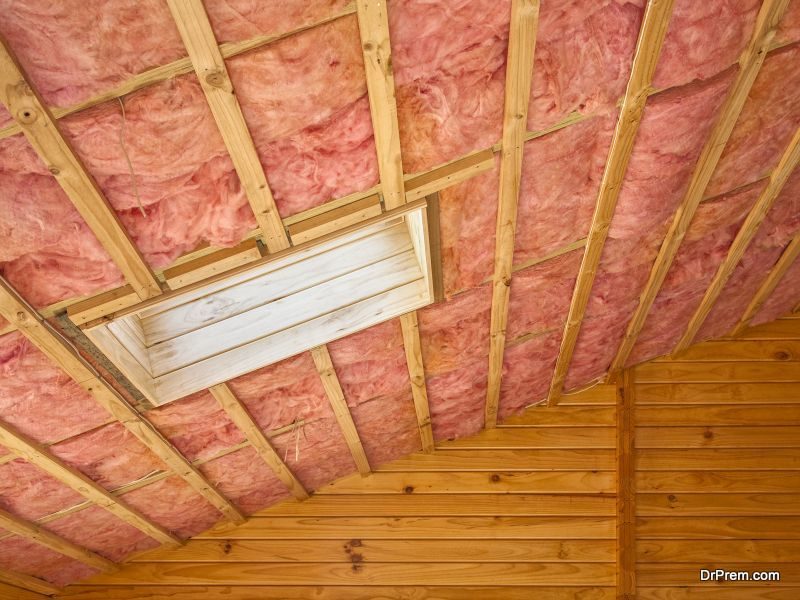While new homes have a cachet for being better than older homes and renovations are sold as being better for you than your current home’s layout, there are times when new materials are more dangerous than the older ones. In other cases, renovations to remove dangerous materials create new threats to your family.In this article, we’re going to expose six toxic construction materials you should avoid at all costs and replace them with greener construction supplies.
Lead Paint

Lead was added to paint to increase its durability, speed up its drying process and help it resist moisture. Lead paint was banned in 1978, but many older homes still contain lead paint. Work with companies that have the ZOTA lead paint certification so they know how to safely remove lead paint without creating a new health hazard to your home. This ensures that those removing the paint don’t leave fine dust that is a hazard to breathe or small chips of toxic paint a child could consume. Lead contaminated dust remains one of the leading causes of lead poisoning today.
Old Carpets
Your carpet is the biggest air filter in your home. Trapping dirt and moisture, it can become a breeding ground for mold and bacteria. The risk your carpet poses goes up if you’ve been using carpet shampoos to try to lift stains but never removed all the cleaning agents out of the carpets. There are new carpets that release volatile organic compounds like acetaldehyde into the air, an issue enough to have sickened carpet installers. You can reduce this risk by venting your home out for 72 hours after the carpet is installed. Switching to a different type of flooring is a long term solution.
Engineered Wood Products

Engineered products cost less than traditional wood floors and can be installed much more quickly. The problem with their usage is the glue used to hold them together. They release the same VOCs that new polymer carpets do.
Pressure Treated Wood
Pressure treated wood contains preservatives injected into it to protect it from rot and moisture. Pressure treated wood used for your deck may contain arsenic, chromium and copper mixture called CCA. Every day contact with it, such as when it is used to build a swingset, is unhealthy. Burning that wood releases the toxins into the air.
Oil Based Paints
Oil based paints contain a number of volatile organic compounds. The serious problem arises when you want to switch it out to a latex water-based paint or lower VOC paint with fewer solvents. While removing the old paint is good over the long term, the paint strippers required to remove them contain toxic compounds like toluene, methanol and acetone. Physical exposure to the paints without protection are a possible health risk, so use protective clothing and a respirator if applying oil based paints or lower VOC paints.
Fiberglass Insulation

Fiberglass insulation in the attic is an eco-friendly way to reduce your heating and cooling bills. The danger it poses is when the fine fibers come loose and float in the air. They aren’t as dangerous as inhaled asbestos fibers but still cause damage to one’s lungs. You can use alternatives to fiberglass insulation like those made from recycled blue jeans, cotton or recycled paper. If you have your ducts cleaned, have them checked for fiberglass insulation sticking through joints and into the ductwork.
Conclusion
While lead paint has been banned for decades, you must work with a certified lead paint removal firm to ensure its removal from your home doesn’t create a new health hazard. Old carpets are breeding grounds for mold and bacteria, while new engineered wood creates the same VOC outgassing health hazard oil based paints do. Pressure treated wood is chemically treated to last longer, but that doesn’t mean you should be in contact with it. Fiberglass insulation has its place – in your attic, not your lungs.
Article Submitted By Community Writer




